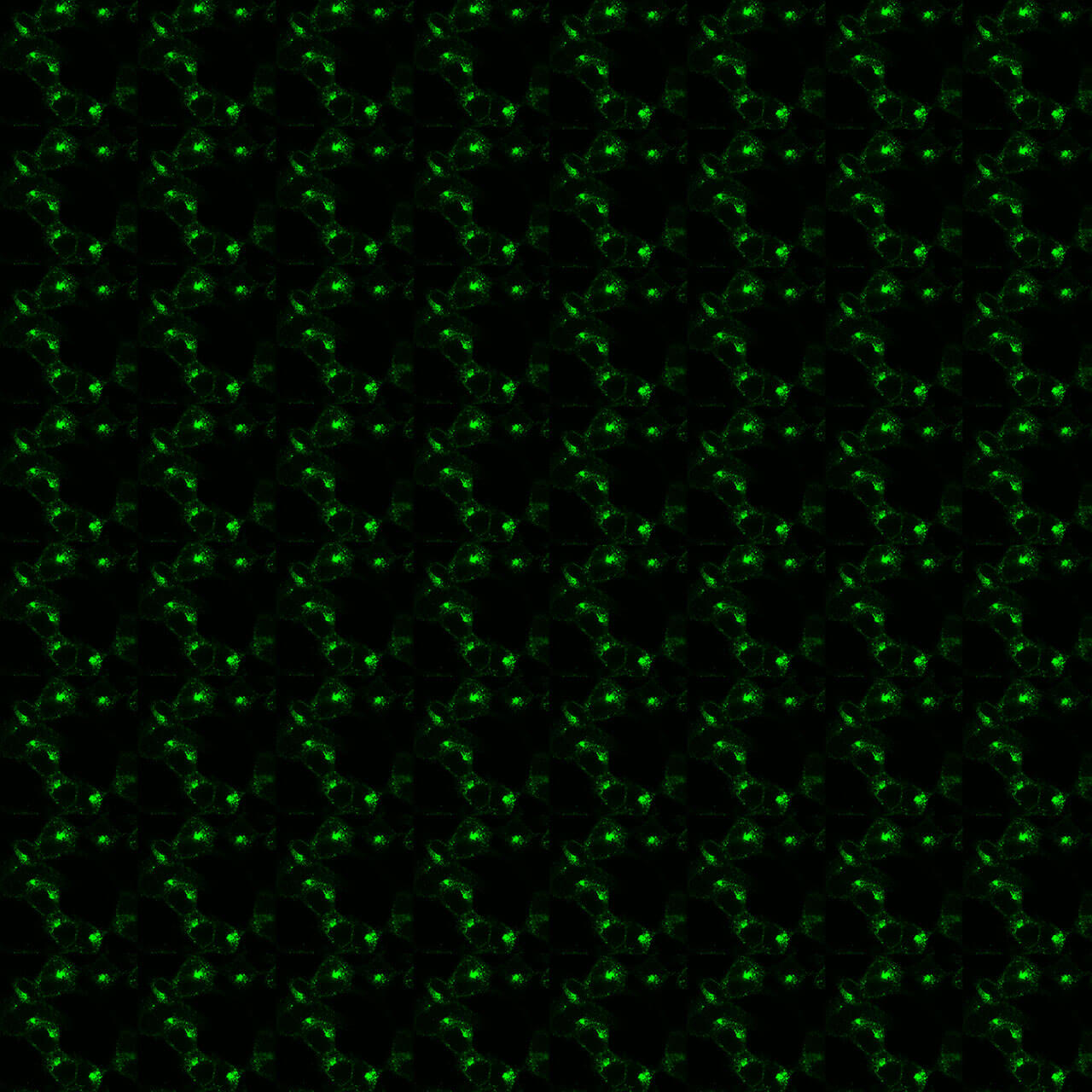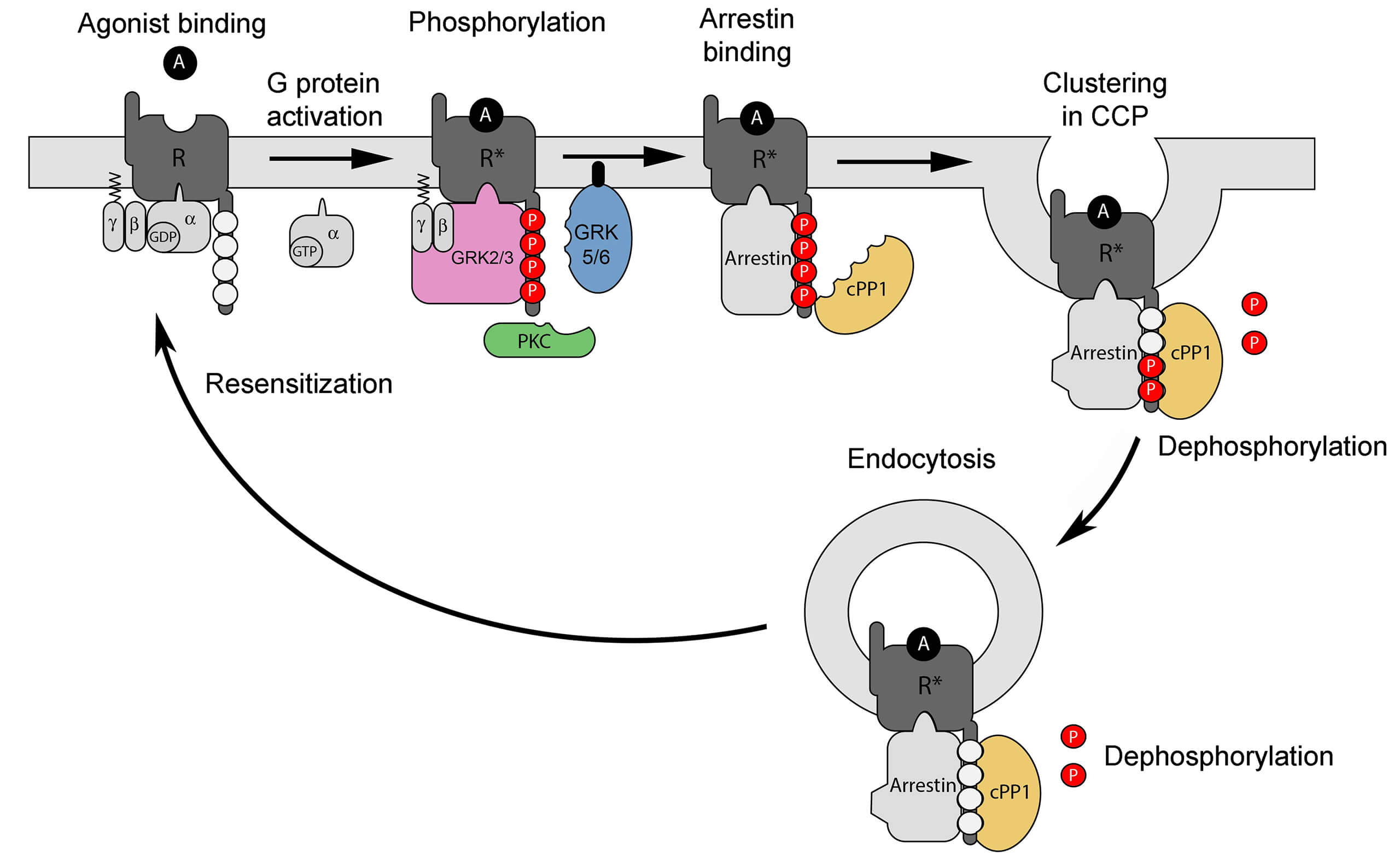No results were found for the filter!
NEW
 M1 (non-phospho-M1 Muscarinic Acetylcholine...
M1 (non-phospho-M1 Muscarinic Acetylcholine... The non-phospho-M1 receptor antibody is directed against the 3rd loop of human M1 Muscarinic Acetylcholine Receptor (M1). It can be used to detect total M1 receptors in Western blots independent of phosphorylation. The non-phospho-M1...
CHF400.00 *
NEW
 M4 (non-phospho-M4 Muscarinic Acetylcholine...
M4 (non-phospho-M4 Muscarinic Acetylcholine... The non-phospho-M4 receptor antibody is directed against the 3rd loop of human M4 Muscarinic Acetylcholine Receptor (M4). It can be used to detect total M4 receptors in Western blots independent of phosphorylation. The non-phospho-M4...
CHF400.00 *
NEW
 GPR52 (non-phospho), G protein-coupled...
GPR52 (non-phospho), G protein-coupled... The non-phospho-GPR52 receptor antibody is directed against the distal end of the carboxyl-terminal tail of human GPR52. It can be used to detect total GPR52 receptors in Western blots independent of phosphorylation. The GPR52 antibody...
CHF400.00 *
NEW
 GPR139 (non-phospho), G protein-coupled...
GPR139 (non-phospho), G protein-coupled... The non-phospho-GPR139 receptor antibody is directed against the distal end of the carboxyl-terminal tail of human GPR139. It can be used to detect total GPR139 receptors in Western blots independent of phosphorylation. The GPR139...
CHF400.00 *
NEW
 GPR88 (non-phospho), G protein-coupled...
GPR88 (non-phospho), G protein-coupled... The non-phospho-GPR88 receptor antibody is directed against the distal end of the carboxyl-terminal tail of human GPR88. It can be used to detect total GPR3 receptors in Western blots independent of phosphorylation. The GPR88 antibody...
CHF400.00 *
NEW
 OXER (non-phospho), Oxoeicosanoid Receptor...
OXER (non-phospho), Oxoeicosanoid Receptor... The non-phospho-OXE receptor antibody is directed against the distal end of the carboxyl-terminal tail of human OXER. It can be used to detect total OXE receptors in Western blots independent of phosphorylation. The OXER antibody can...
CHF400.00 *
NEW
 BLT2 (non-phospho), Leukotriene Receptor BLT2...
BLT2 (non-phospho), Leukotriene Receptor BLT2... The non-phospho-BLT2 receptor antibody is directed against the distal end of the carboxyl-terminal tail of human BLT2. It can be used to detect total BLT2 receptors in Western blots independent of phosphorylation. The BLT2 antibody can...
CHF400.00 *
NEW
 M2 (non-phospho-M2 Muscarinic Acetylcholine...
M2 (non-phospho-M2 Muscarinic Acetylcholine... The non-phospho-M2 receptor antibody is directed against the 3rd loop of human M2 Muscarinic Acetylcholine Receptor (M2). It can be used to detect total M2 receptors in Western blots independent of phosphorylation. The non-phospho-M2...
CHF400.00 *
NEW
 EP2 (non-phospho), EP2 Prostanoid Receptor...
EP2 (non-phospho), EP2 Prostanoid Receptor... The non-phospho-EP2 receptor antibody is directed against the distal end of the carboxyl-terminal tail of human EP2. It can be used to detect total EP2 receptors in Western blots independent of phosphorylation.The EP2 antibody can also...
CHF400.00 *
NEW
 pS377-QRFPR (phospho-QRFP Receptor Antibody)
pS377-QRFPR (phospho-QRFP Receptor Antibody) Serine377 (S377) is a major phosphorylation site of the QRFP receptor. The pS377-QRFPR antibody detects phosphorylation in response to high-efficacy agonists. S377 phosphorylation is a key regulator of QRFPR desensitization, β-arrestin...
CHF400.00 *
NEW
 pS365/pT368-QRFPR (phospho-QRFP Receptor Antibody)
pS365/pT368-QRFPR (phospho-QRFP Receptor Antibody) Serine365/Threonine368 (S365/T368) is a major phosphorylation site of the QRFP receptor. The pS365/pT368-QRFPR antibody detects phosphorylation in response to high-efficacy agonists. S365/T368 phosphorylation is a key regulator of QRFPR...
CHF400.00 *
NEW
 pT348/pS350-MCH1 (phospho-Melanin-Concentrating...
pT348/pS350-MCH1 (phospho-Melanin-Concentrating... Threonine348/Serine350 (T348/S350) is a major phosphorylation site of the MCH1 receptor. The pT348/pS350-MCH1 antibody detects phosphorylation in response to high-efficacy agonists. T348/S350 phosphorylation is a key regulator of MCH1...
CHF400.00 *
NEW
 pS338/pT342-MCH1 (phospho-Melanin-Concentrating...
pS338/pT342-MCH1 (phospho-Melanin-Concentrating... Serine338/Threonine342 (S338/T342) is a major phosphorylation site of the MCH1 receptor. The pS338/pT342-MCH1 antibody detects phosphorylation in response to high-efficacy agonists. S338/T342 phosphorylation is a key regulator of MCH1...
CHF400.00 *
NEW
 GPR158/mGlyR (non-phospho), G protein-coupled...
GPR158/mGlyR (non-phospho), G protein-coupled... The non-phospho-GPR158/mGlyR receptor antibody is directed against the distal end of the carboxyl-terminal tail of human GPR158/mGlyR. It can be used to detect total GPR158/mGlyR receptors in Western blots independent of phosphorylation....
CHF400.00 *
NEW
 GPR132 (non-phospho), G protein-coupled...
GPR132 (non-phospho), G protein-coupled... The non-phospho-GPR132 receptor antibody is directed against the distal end of the carboxyl-terminal tail of human GPR132. It can be used to detect total GPR132 receptors in Western blots independent of phosphorylation. The GPR132...
CHF400.00 *
NEW
 GPR176 (non-phospho), G protein-coupled...
GPR176 (non-phospho), G protein-coupled... The non-phospho-GPR176 receptor antibody is directed against the distal end of the carboxyl-terminal tail of human GPR176. It can be used to detect total GPR176 receptors in Western blots independent of phosphorylation. The GPR176...
CHF400.00 *
Recently viewed


